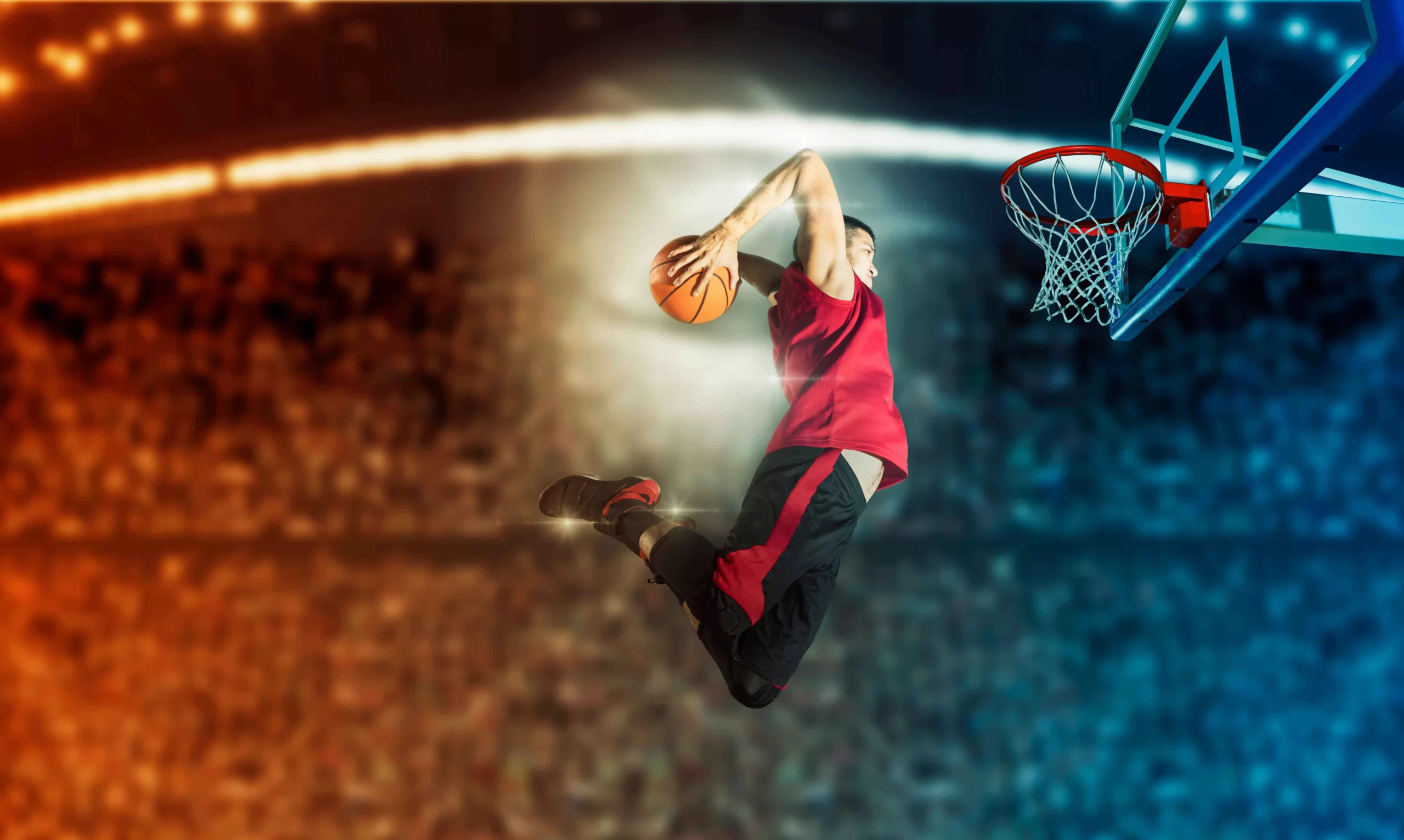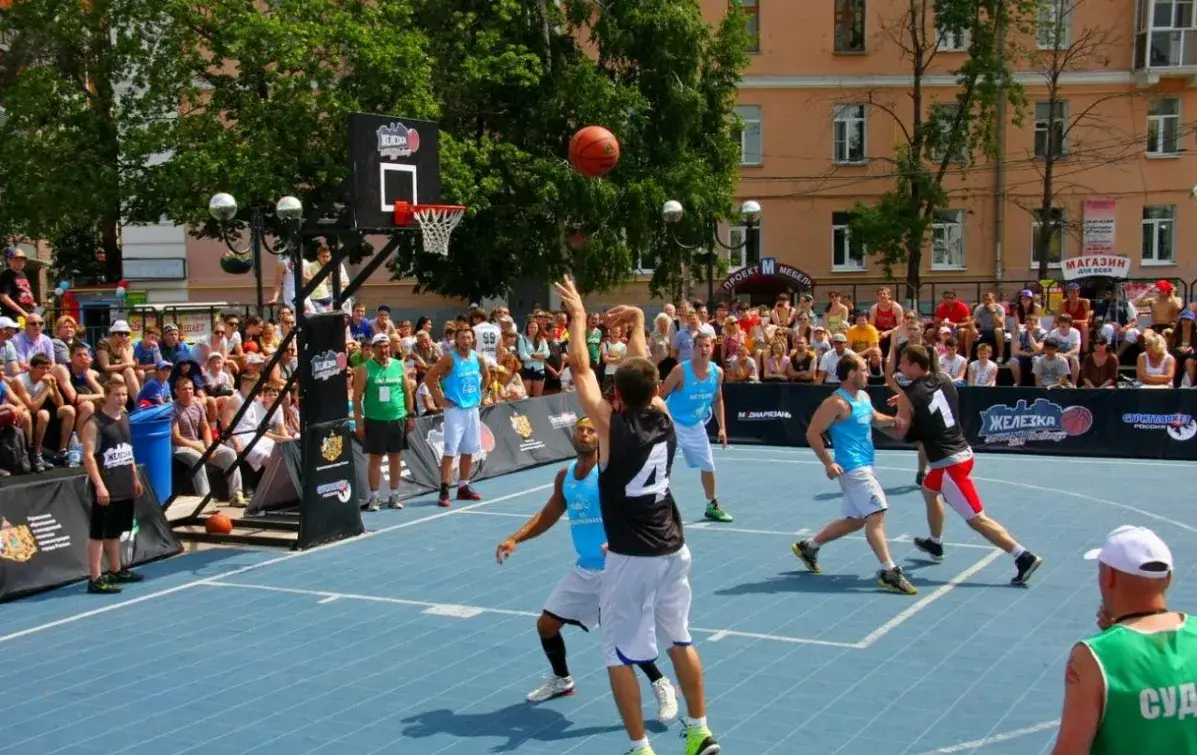Russian sports cinema is not limited to chronicling victories. Each of the films included in the selection of Russian sports films reflects not just competition, but internal struggle – with circumstances, weakness, pain, and time. Films in this category showcase precise numbers, real records, and specific feats that are backed by national history.
Historical Contexts: When Sport Becomes a Symbol of an Era
Soviet cinema established a tradition of a noble view of physical culture. Many Russian sports films use the backdrop of Soviet times: rigorous training, Olympic disciplines, state recognition, and ideological support. The plots revolve not around abstract conflicts, but around specific competitions – tournaments, championships, matches where real athletes, acting under the country’s flag, emerged victorious.

Coach and Hero: Films Revealing the Inner Mechanics of Victory
The selection of Russian sports films regularly includes stories where the central figure is the coach. Their role is not in managing the team, but in shaping character. Films like “Legend No. 17,” “Going Vertical,” and “Coach” show how a mentor transforms a person into a champion. Each case involves real names, tournament dates, exact match scores. The viewer is presented not with a generalized image, but an immersion into the structure of the training process: session schedules, recovery, diet, restorative procedures.
Feats on Screen: Key Russian Sports Films
These films reflect real events and include precise data on years, sports, number of awards, and script approach:
- “Legend No. 17” (2013). The story of Valery Kharlamov, a USSR national team hockey player. The film depicts episodes from the 1972 Summit Series. Involves archival statistics: 8 matches, 4 wins, 2 ties, 2 losses.
- “Going Vertical” (2017). The 1972 Olympics in Munich. Basketball final between the USSR and the USA. Result: 51:50. The victory brought the first Olympic gold for the Soviet team.
- “Coach” (2018). A sports drama about football. Based on the model of the club “Taganrog” (prototype – “Rostov”). The script focuses on the interaction between a professional player and a provincial team.
- “Champions” (2014). An anthology with 5 plots: figure skating, biathlon, snowboarding, track and field, and swimming. Real names mentioned – Plushenko, Zaytseva, Ilyukhina, Isinbayeva, Morozov.
- “White Snow” (2021). Skier Elena Vyalbe and her triumph in Trondheim in 1997. The film depicts all 5 victories of Vyalbe and preparation details: 26-hour sessions, altitude training, pulse control.
Drama and Biography: Emotional Depth of Russian Sports Cinema
Many Russian sports films use a biographical approach, enhancing perception and adding credibility. This approach works particularly well in conveying dramatic turns: accidents, injuries, betrayals. “White Snow” and “Legend No. 17” employ documentary techniques: real chronicles, backstage interviews, archived footage. The script includes names of doctors, operation dates, analysis of recovery procedures, emphasizing authenticity.
Role of Fans and National Consciousness
The Russian sports films in the selection consistently focus on the power of unity. Fans are not just extras. Their reactions, behavior in the stadium, expressions in the audience are important markers of social tension and support. This connection is particularly vivid in “Going Vertical”: the scene of the final shot is accompanied by footage from different cities in the country. Parameters are displayed: 1972, final, 3 seconds left, 1 point difference. The rise in emotional intensity coincides with the objective tension of the moment.
Women’s Destinies and the Power of Endurance
Female characters in Russian sports cinema are portrayed through endurance, resilience, and psychological precision. In “White Snow,” the parameters of the training cycle are revealed: 6 days at training camps, 4 hours a day on ski tracks, strict dietary control. Elena Vyalbe’s story highlights the combination of domestic responsibilities (family, household, children) and Olympic demands. The film avoids romanticization and focuses on dry metrics – VO₂ max, recovery time, results of World Cup stages. This approach underscores the honesty of the plot and depth of character development.
Aesthetics and Imagery: Building the Visual Language of Russian Sports Films
Russian sports films actively employ contrasting techniques: close-ups of emotions, slow-motion on crucial movements, stylization resembling old film in archival scenes. “Legend No. 17” is rich in ice dynamics shots with precise pace fixation (around 28 frames per second in slow-motion scenes). In “Going Vertical,” the atmosphere of the Munich arena is visually reconstructed with precision, including lighting, acoustics, player uniforms, numbers, and positions.

All Genres: Variety of Plots in Russian Sports Films
The films in the selection cover various sports – from hockey to skiing, from football to track and field. Each plot uses its own genre framework: biography, drama, melodrama, heroic-patriotic narrative:
- “Poddybny” (2014). The story of Ivan Poddubny. 40 years in the arena, 6 world wrestling champion titles. Prototype: a real wrestler who never lost a match in international tournaments.
- “First Ball” (2021). A modern school story. Teenage basketball, conflicts, the path to a tournament. Focus on social adaptation through sports.
- “Wild League” (2019). 19th-century football in Russia. The origin of the game in the Russian language. Exact field parameters, uniforms, rules of the 1890s.
- “On Sport” (2023). Youth comedy. Shows the influence of sports on discipline, relationships, self-esteem. Prototype – the mass movement of street workout.
Russian Sports Films: Relevance and Perspectives
The selection of Russian sports films showcases a wealth of themes, depth of character development, and documentary accuracy of details. This film format revitalizes the memory of sports achievements, shapes identity, and inspires. With each new project, Russian cinema increasingly integrates reality – precise scores, names, injuries, disciplines, standards – making the heroes more relatable.
 en
en  de
de  ar
ar  es
es  hi
hi  fr
fr  nl
nl  it
it  pt
pt  el
el 










